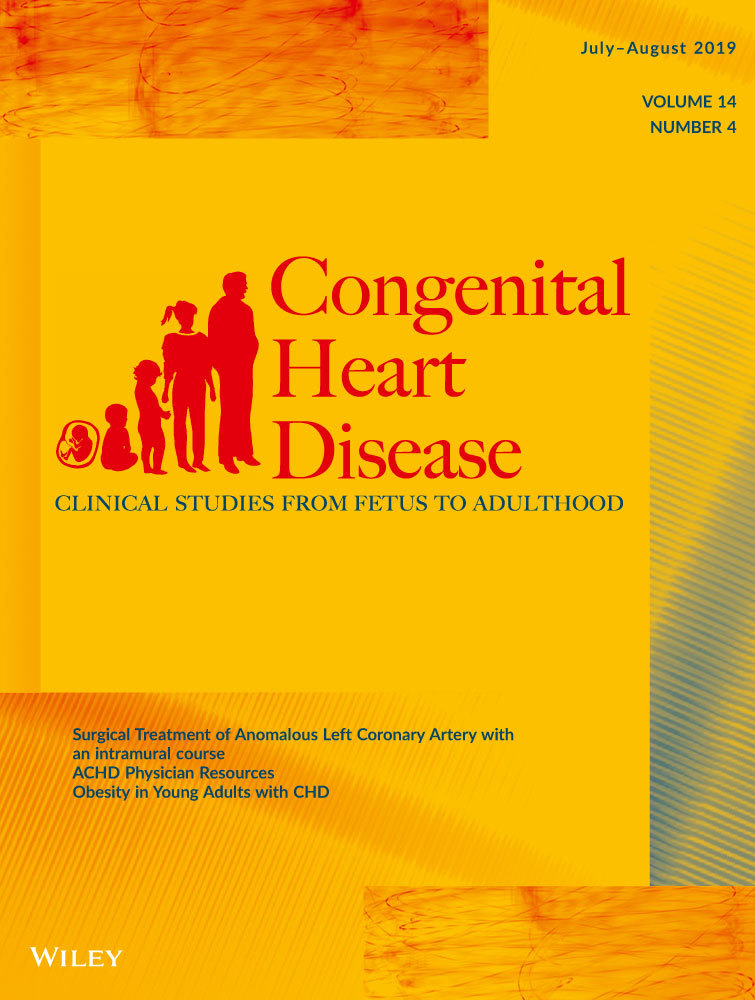Contemporary outcomes and mortality risks of Ebstein anomaly: A single-center experience in Thailand
Abstract
Background
The increasing number of patients with Ebstein anomaly (EA) surviving into adulthood implies improvements in the treatments for the complex lesion. We revisited the clinical outcomes of patients with EA to demonstrate their “real world” survival.
Objectives
To identify the survival and predictors of mortality in patients with EA who underwent medical or surgical management in the present era.
Methods
All patients who had EA with atrioventricular concordance between 1994 and 2016 were retrospectively reviewed. Baseline characteristics, initial echocardiographic findings, treatments, and outcomes were explored. The survival analysis was performed at the end of 2017. A multivariate analysis was used to assess mortality risks.
Results
A total of 153 patients (25.4 ± 20.4 years, 60% female) were analyzed. Of these, 89 patients had been diagnosed with EA in childhood. During the follow-up [median time of 5.2 years (3 days-23.5 years)], 32 patients (20.9%) died due to major cardiac adverse events. The overall survival at 1, 5, and 10 years were 89%, 82.2%, and 79%, respectively. Of the total 153 patients, 64 patients underwent at least one surgical intervention [median age of 17 years (1 day-64.4 years)]. The survival at 1, 5, and 10 years were 87.5%, 82.4%, and 77.7%, respectively, in patients with EA surgery. This survival is comparable to the survival of 89 nonoperated patients with EA: 89.9%, 87.5%, and 81.8%, at 1, 5, and 10 years, respectively. The significant predictors of mortality were: age at diagnosis ≤2 years, tricuspid valve (TV) z-score >3.80, TV displacement >19.5 mm/m2, presence of severe tricuspid regurgitation, and absence of forward flow across the pulmonic valve at the initial diagnosis.
Conclusion
Patients with EA had a moderately good survival in this era. In this paper, we report five simple predictors of death in this patient population.
CONFLICT OF INTEREST
The authors declare that they have no conflict of interest with the contents of this article.




